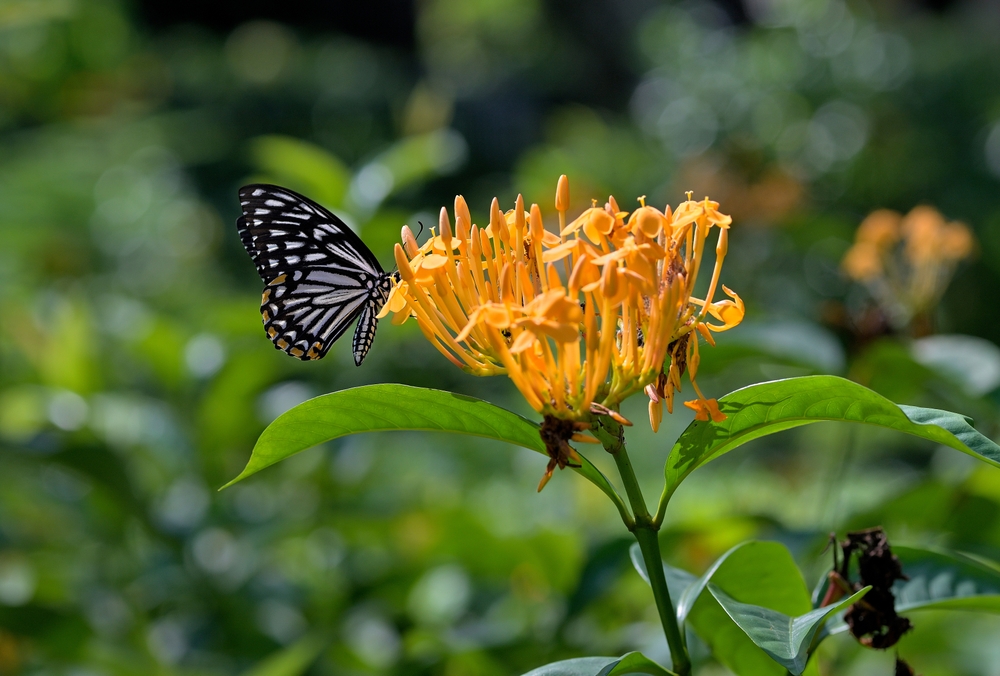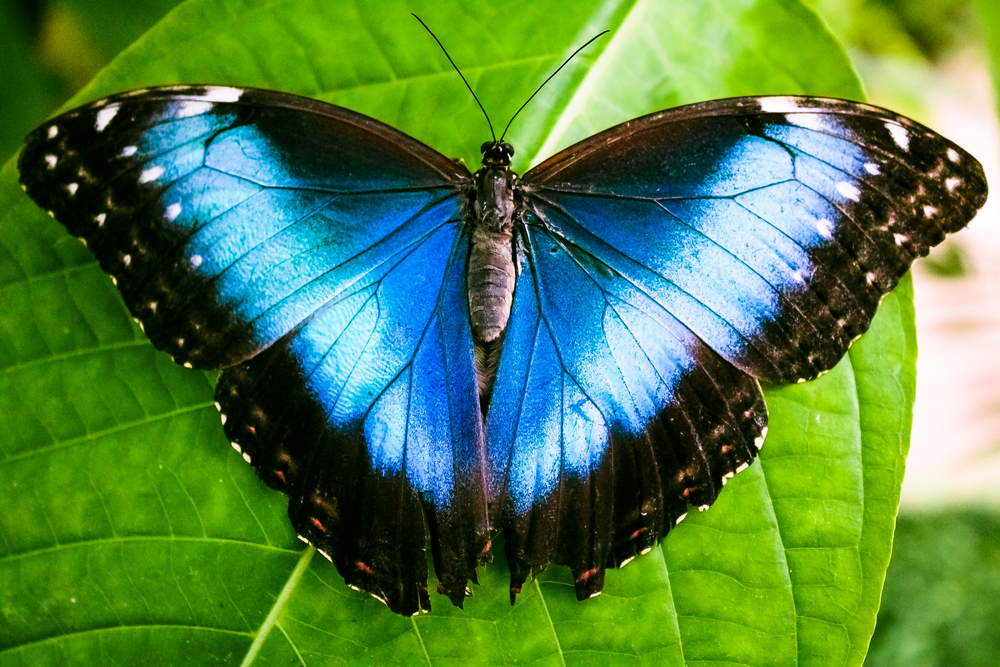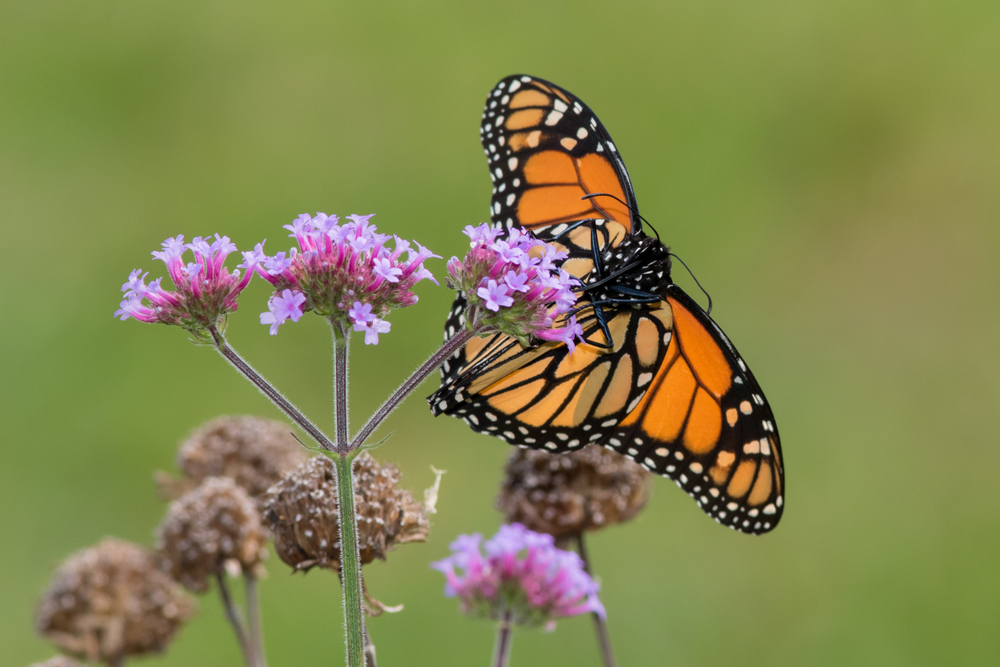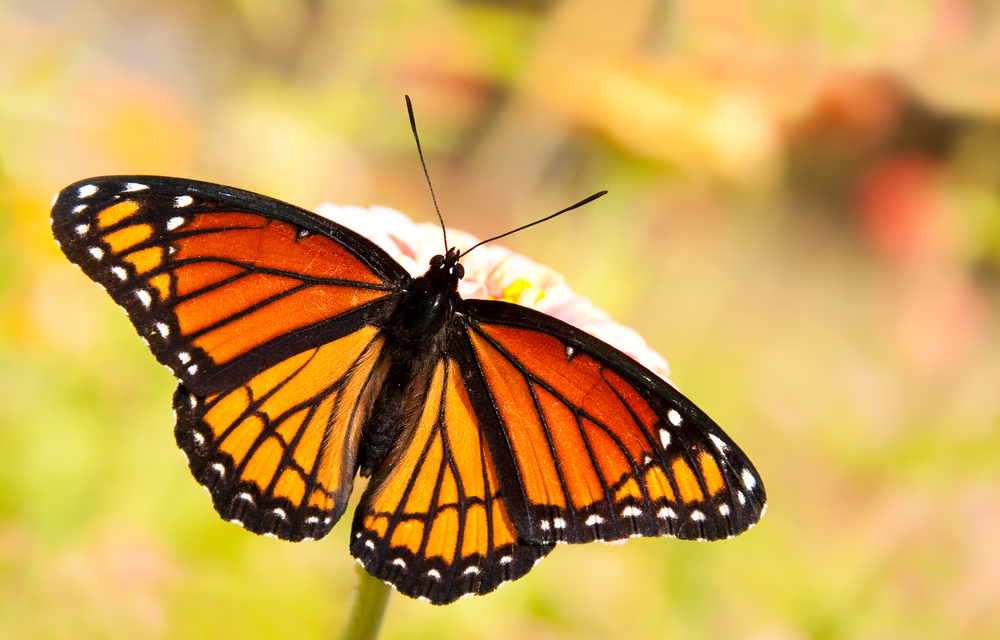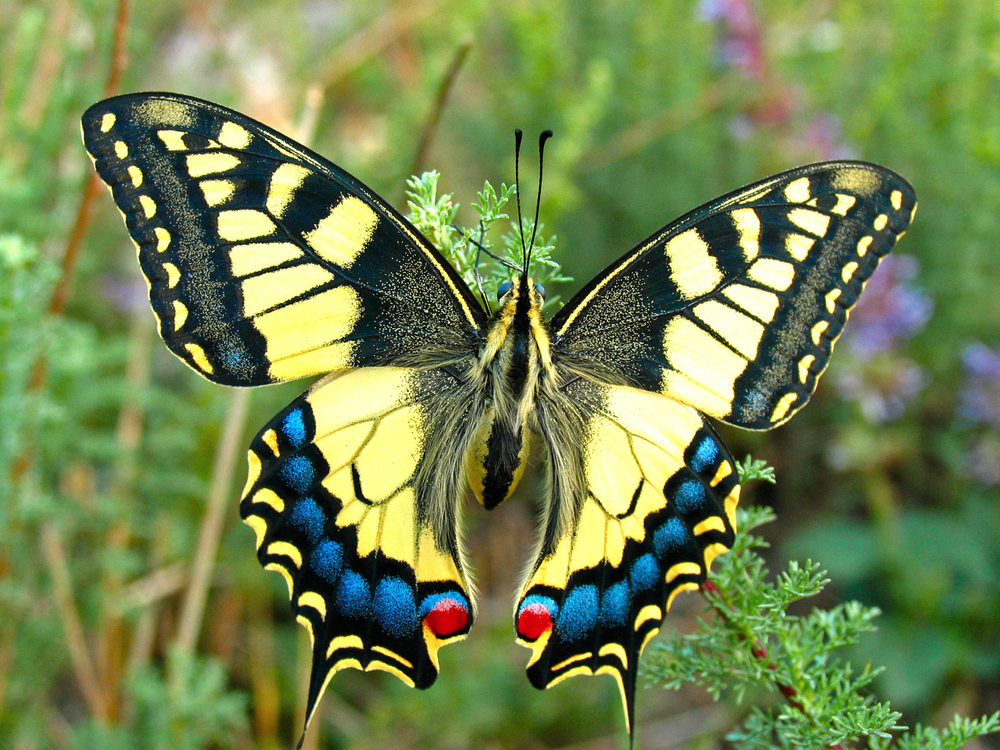Uniqueness
The Common Mime is an exceptional butterfly not for its toxicity or aggression, but for its evolutionary mimicry, which allows it to thrive alongside predators by appearing dangerous when it is not.
Batesian Mimicry Master:
The Common Mime is a textbook example of Batesian mimicry—a harmless species evolving to resemble a harmful or distasteful one. It has two distinct mimetic forms:
Both models are unpalatable to birds, and predators learn to avoid them—thus also avoiding the Common Mime.
Two Morphs, One Species:
Unlike most butterflies, the Common Mime expresses two completely different adult forms within a single species. This dual-form strategy increases its survival across regions where different toxic butterflies dominate.
Tail-less Swallowtail:
Despite belonging to the swallowtail family (Papilionidae), the Common Mime lacks the signature tail extensions seen in most relatives. This enhances its mimicry, as its models (the Crow and Blue Tiger) are also tail-less.
Sexual Monomorphism:
Both male and female Common Mimes look nearly identical, which is rare among butterflies. This trait likely evolved to maintain mimetic accuracy, ensuring both sexes benefit equally from predator avoidance.
Peaceful Flight Pattern:
The Common Mime mimics not only appearance but also behavior, adopting the slow, gliding flight and gentle wingbeats of its toxic models—further deceiving predators into assuming it is unpalatable.
Habitat Flexibility:
Although it prefers woodland edges and forest clearings, the Common Mime is highly adaptable and frequently found in gardens, parks, and plantations. Its ability to thrive in semi-urban habitats makes it one of the most commonly seen large butterflies in Asia.
The Common Mime’s combination of visual, behavioral, and ecological mimicry makes it a marvel of natural selection. It survives not by being dangerous, but by convincingly pretending to be.



































































